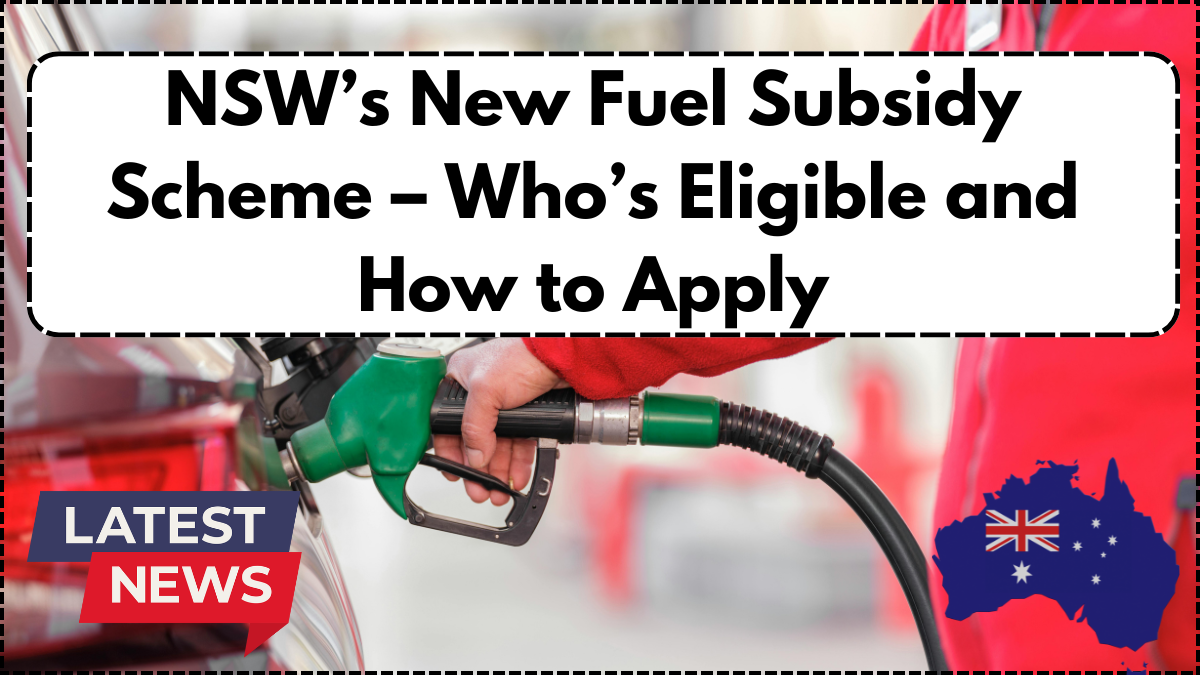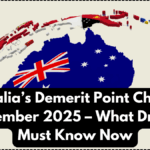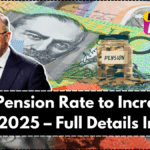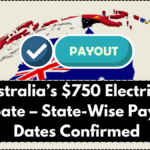The New South Wales government unveiled a revamped Fuel Subsidy Scheme NSW aimed at cushioning rising transport costs for residents hit hardest by inflation and regional fuel disparities. This initiative replaces several fragmented support programs with one cohesive plan, designed to deliver fast, targeted relief through direct rebates and expanded eligibility.

Who Can Claim the NSW Fuel Rebate in 2025?
Eligibility for the fuel subsidy now stretches beyond the usual low-income groups. To qualify in 2025, applicants must meet one or more of the following:
- Hold a Pensioner Concession Card, Health Care Card, or DVA Gold Card
- Earn below $90,000 annually as an individual ($160,000 for families)
- Reside in regional or remote NSW postcodes identified as high fuel-cost areas
- Depend on personal or work-related vehicle use as a primary mode of transport
- Be enrolled in tertiary education and travel over 30km for classes or training
The scheme’s broadened reach reflects an increased focus on transport relief for rural and outer-suburban families, where fuel remains a larger percentage of weekly expenses.
How to Apply for the Fuel Subsidy Scheme NSW
Applications can be submitted online through Service NSW or in person at Service Centres statewide. The process has been streamlined in 2025 with automatic eligibility checks and faster turnaround times.
Documents Required:
- Proof of residence (recent utility bill or lease agreement)
- Vehicle registration in your name
- Proof of income (latest tax return or payslips)
- Valid ID and concession card (if applicable)
Key Benefits of the 2025 NSW Fuel Rebate
Once approved, eligible applicants receive quarterly rebates directly into their bank accounts. Amounts vary based on income bracket and fuel expenditure, ranging from $120 to $400 per quarter.
New additions for 2025:
- Digital tracking for all claims via the Service NSW app
- Auto-renewal for eligible residents with unchanged circumstances
- Additional $100 transport relief bonus for students and remote workers
2025 NSW Fuel Subsidy Scheme: Summary Table
| Criteria | Eligibility | Benefit Details |
|---|---|---|
| Income Threshold | <$90k individual, <$160k family | Up to $400/quarter |
| Regional Residents | Yes | Extra $50 quarterly |
| Students (Travel >30km) | Yes | $100 transport relief bonus |
| Concession Card Holders | Yes | Fast-tracked processing |
| Remote Area Workers | Yes | Enhanced quarterly rebate |
Why This Scheme Matters in 2025
With global oil prices remaining unpredictable, NSW’s proactive approach to local transport affordability stands out. The emphasis on fairness and accessibility ensures that everyday commuters—not just commercial operators—see real benefits. It also aligns with broader state goals of reducing financial pressure on low-to-mid income households.
The redesigned fuel subsidy system is not only more inclusive, but smarter: built to adapt with economic shifts and citizen needs in real-time.
Conclusion
The 2025 Fuel Subsidy Scheme NSW brings a necessary update to how transport relief is delivered across the state. With more inclusive eligibility and streamlined application, this initiative positions itself as a meaningful financial cushion for families, workers, and students navigating rising fuel expenses. For those impacted by the cost of commuting, this is a program worth taking full advantage of.
FAQs
Who qualifies for the NSW fuel rebate in 2025?
Anyone earning below the income threshold, living in designated regions, or holding eligible concession cards may qualify.
How often is the fuel rebate paid?
It’s paid quarterly, typically in March, June, September, and December.
Can I apply if I’m self-employed?
Yes, but you must provide vehicle use evidence and income documentation.
Do electric vehicle owners qualify?
Only if they regularly use fuel-based vehicles for work or long-distance travel.
Is this different from the old regional travel support program?
Yes, this is a consolidated and expanded version with broader eligibility and higher rebates.
For More Information Click Here



